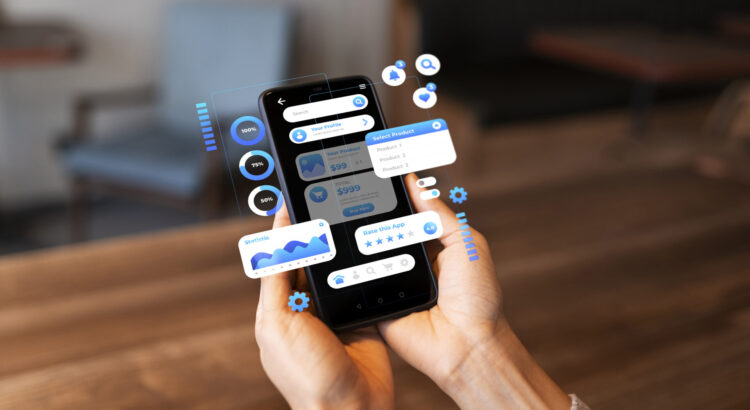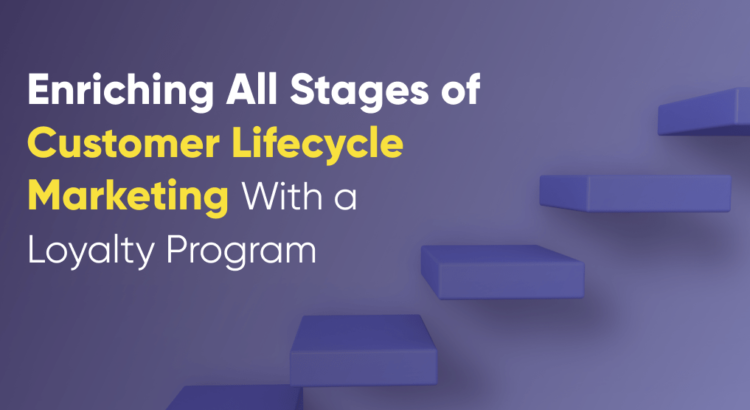In the fast-paced world of eCommerce, where competition is fierce and customer attention spans are fleeting, having a robust online presence is not just an option-it’s a necessity. Search Engine Optimization (SEO) plays a pivotal role in ensuring that your eCommerce website not only attracts traffic but also drives sales and fosters long-term growth. Let’s explore how SEO impacts the success of an eCommerce website and why it’s a critical investment for businesses.
What is SEO and Why Does It Matter?
SEO is the practice of optimizing a website to rank higher on search engine result pages (SERPs). For eCommerce businesses, it involves tailoring the website’s content, structure, and technical aspects to meet search engine algorithms’ standards, thereby improving visibility to potential customers.
In an era where more than 80% of consumers research online before making a purchase, appearing on the first page of search results significantly boosts your chances of capturing their attention. SEO ensures that your products are easily discoverable, which is essential for driving organic traffic-traffic that doesn’t require paid advertisements.
Key Benefits of SEO for eCommerce
- Increased Visibility and Traffic: When your eCommerce website appears on the first page of search results for relevant keywords, it gets more clicks and visits. This visibility not only boosts traffic but also positions your brand as a trusted authority in your niche.
- Higher Conversion Rates: Organic traffic tends to have a higher conversion rate compared to other channels because users who land on your site through search engines are often actively looking for the products you offer.
- Cost-Effective Marketing: While paid advertising can drive traffic, it requires continuous investment. SEO, on the other hand, delivers long-term results with consistent effort, making it a cost-effective strategy for sustained growth.
- Improved User Experience: SEO practices such as optimizing page load speed, ensuring mobile responsiveness, and creating user-friendly navigation enhance the overall user experience. A better user experience leads to higher customer satisfaction and loyalty.
- Competitive Edge: In the crowded eCommerce market, SEO can help you stand out. By targeting niche keywords and employing effective strategies, you can outperform competitors and attract a dedicated customer base.
Essential SEO Strategies for eCommerce Websites
- Keyword Research and Optimization: Effective SEO starts with understanding what your customers are searching for. Use tools like Google Keyword Planner to identify high-value keywords, and incorporate them into your product descriptions, meta tags, and URLs.
- Content Marketing: Regularly publishing high-quality, relevant content-such as blogs, guides, and videos-not only improves SEO but also establishes your brand as an authority in your industry. For instance, a cosmetics eCommerce site can publish blogs on skincare tips, driving organic traffic and engagement.
- Technical SEO: Ensure your website is technically sound by:
- Optimizing page load times.
- Implementing HTTPS for secure browsing.
- Creating XML sitemaps for better crawlability.
- Fixing broken links.
- Mobile Optimization: With mobile devices accounting for the majority of online shopping traffic, having a mobile-optimized website is non-negotiable. Google’s mobile-first indexing also prioritizes sites with excellent mobile experiences.
- Local SEO: For eCommerce businesses with physical stores, optimizing for local search is crucial. Use Google My Business and target location-specific keywords to attract nearby customers.
- Building Quality Backlinks: Backlinks from reputable websites enhance your site’s credibility and improve its ranking on search engines. Focus on earning links through collaborations, guest blogging, and partnerships.
- Leveraging Structured Data: Implement schema markup to help search engines better understand your content. Rich snippets such as product prices, availability, and reviews enhance SERP visibility and click-through rates.
Common SEO Challenges in eCommerce
- Duplicate Content: Many eCommerce sites struggle with duplicate content due to similar product descriptions across pages. Using canonical tags and unique descriptions can mitigate this issue.
- High Competition: Competing for generic keywords can be tough. Instead, focus on long-tail keywords that are less competitive but highly targeted.
- Tracking and Measuring Results: SEO results are not instantaneous, making it essential to use analytics tools like Google Analytics and Google Search Console to track performance and refine strategies.
Why SEO is a Long-Term Investment
Unlike paid advertising, which stops delivering results as soon as you pause the campaigns, SEO builds a foundation for sustained growth. By continually optimizing your eCommerce site, you can maintain a steady flow of organic traffic, improve brand recognition, and achieve higher returns on investment over time.
Elevate Your eCommerce Game with Razorse Software
At Razorse Software, we go beyond traditional SEO practices to deliver innovative, tailored solutions that drive measurable results. Whether it’s enhancing your site’s visibility, optimizing user experience, or boosting conversion rates, our team ensures your eCommerce platform stands out in the digital landscape.
#SEOForEcommerce #RazorseSoftware #DigitalMarketing #EcommerceSuccess #WebsiteOptimization #OrganicGrowth





